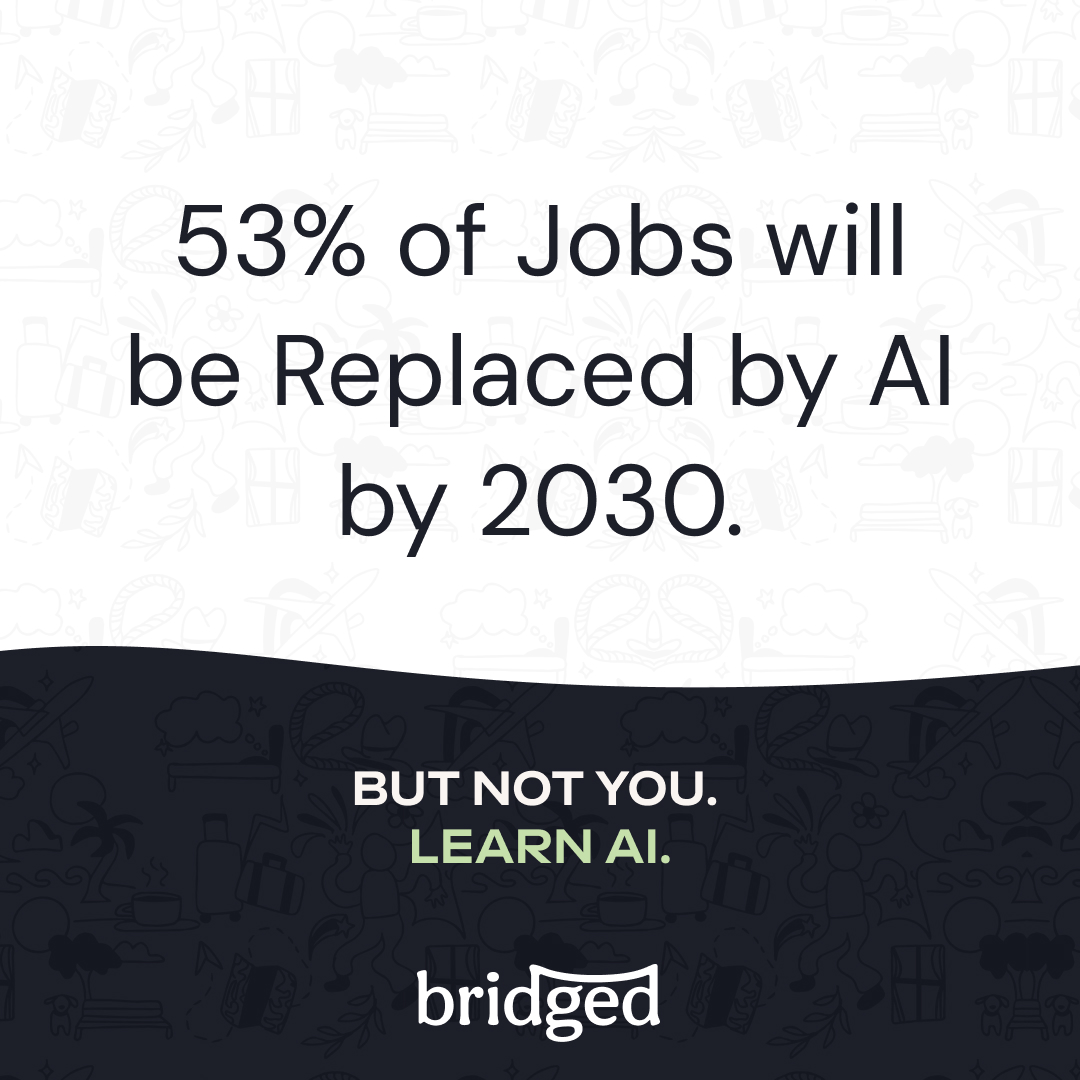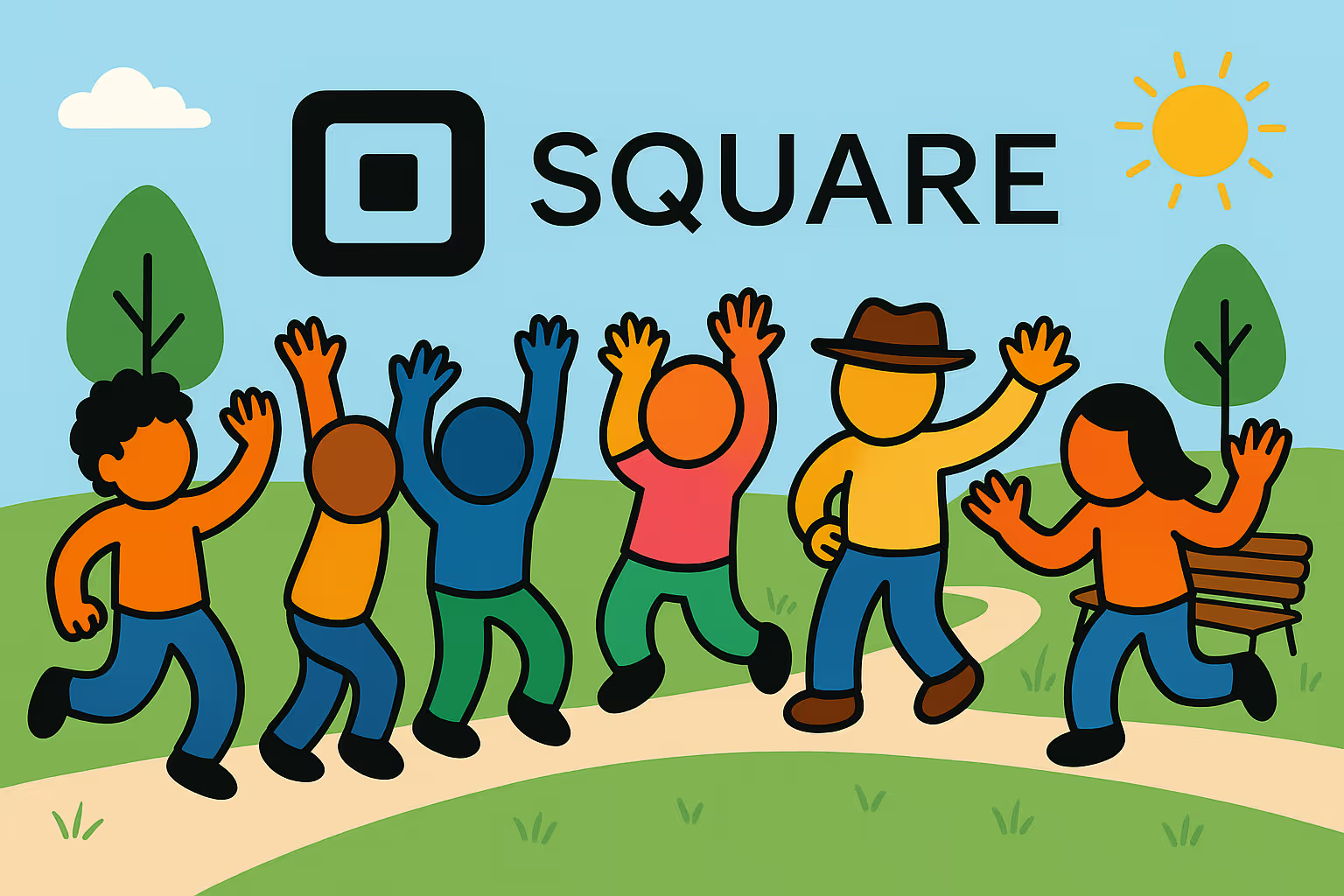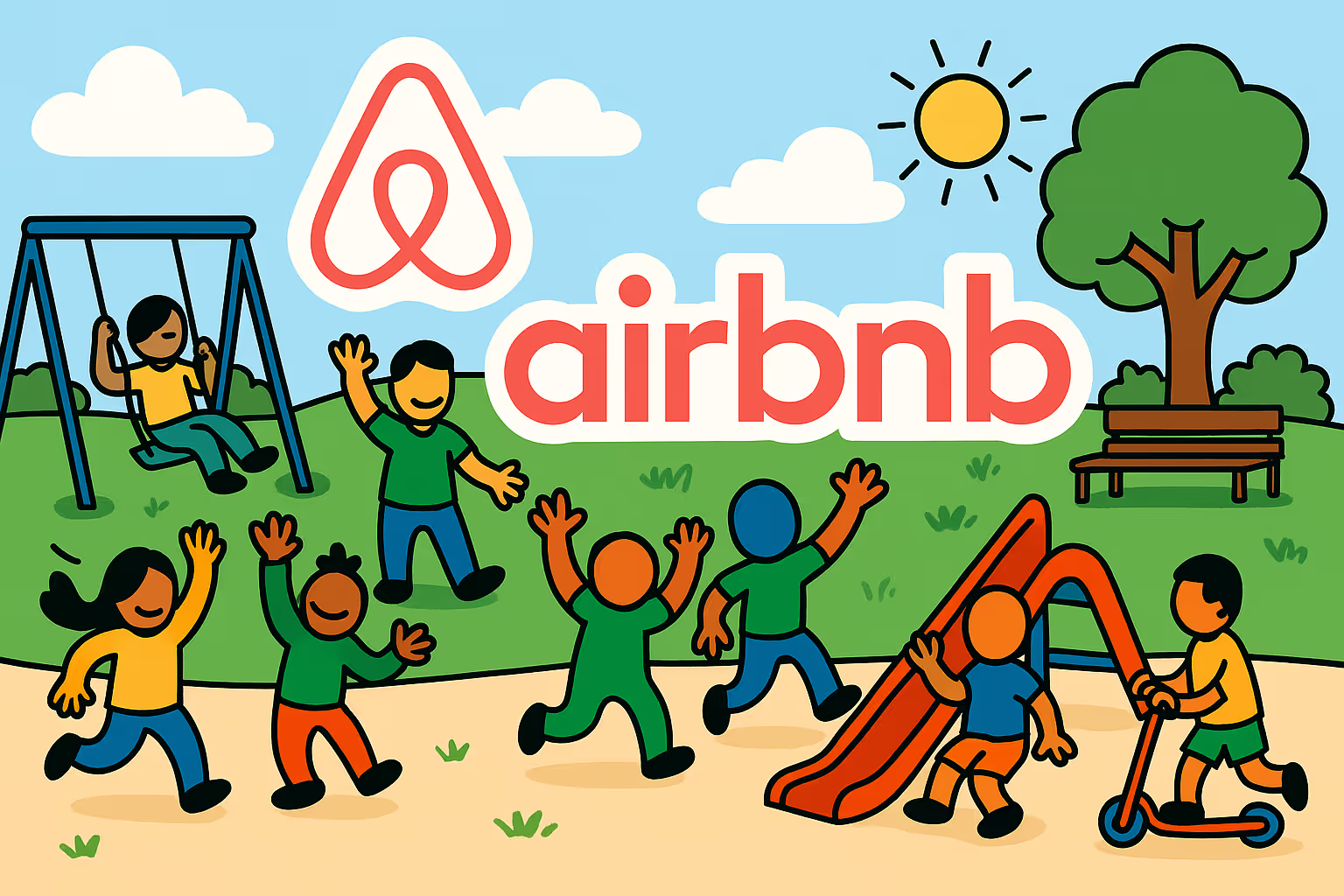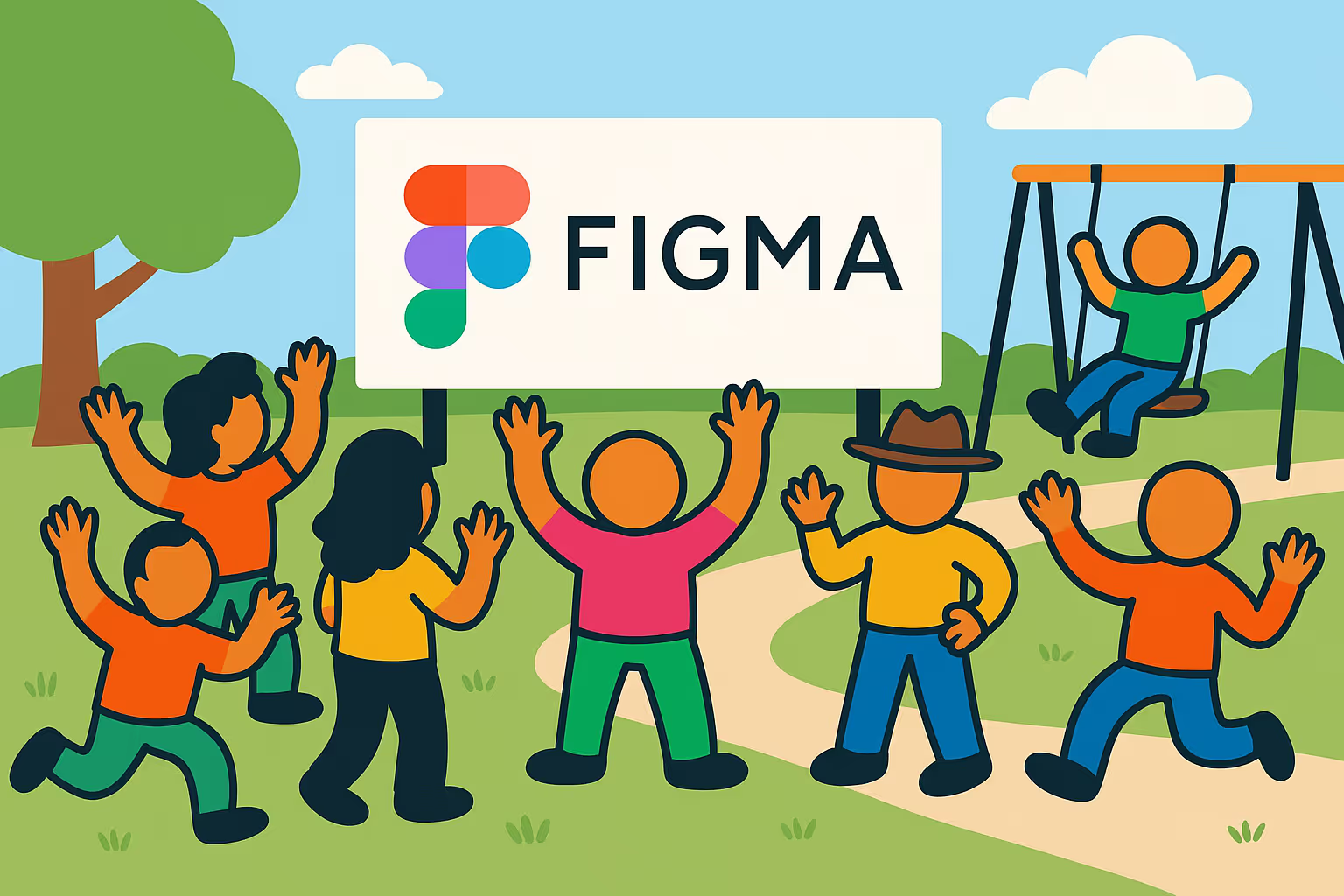How to Get a Job at Hugging Face

Founded: 2016
Headquarters: New York City
Remote Work: Remote First!
Benefit Rating: 3.9/5
Entry Level Jobs: Yes!

Hugging Face Overview
Hugging Face Company Details & History
Hugging Face, Inc. is a French–American AI company founded in 2016 by Clément Delangue, Julien Chaumond, and Thomas Wolf in New York City. What started as a chatbot for teens quickly pivoted to build an open‑source machine learning platform. Their famous Transformers library launched in late 2018, and over the years they’ve released additional tools like Datasets, Diffusers, and Gradio, steadily growing into a go‑to hub for AI practitioners globally.
Since then, they've raised significant funding—$40 M in Series B (2021), a $2 B valuation in Series C (2022), and a $4.5 B valuation in Series D in 2023 backed by top tech firms like Google, Amazon, Nvidia, and more. In early 2025, Hugging Face even acquired Pollen Robotics, signaling ambitions beyond software into open‑source robotics.
Hugging Face Office Locations
Hugging Face is remote‑first, with a presence in several cities around the world. Their headquarters are in Manhattan (Brooklyn), New York, and they maintain offices in London, Paris, Lyon, Brest (France), Miami Beach, and Bern, Switzerland. While offices exist for co‑working and local meetups, the company emphasizes flexibility: “We want you to work wherever you are the happiest! No meetings here!”
Hugging Face Primary Competitors
Main competitors include enterprise-oriented AI infrastructure companies like Cohere, Anthropic, and OpenAI, as well as vector db players like Pinecone. Within open‑source ecosystems, entities like Rasa or independent AI model hubs offer alternative tools, but Hugging Face’s strength lies in its community‑centered platform hosting transformers, datasets, and spaces.
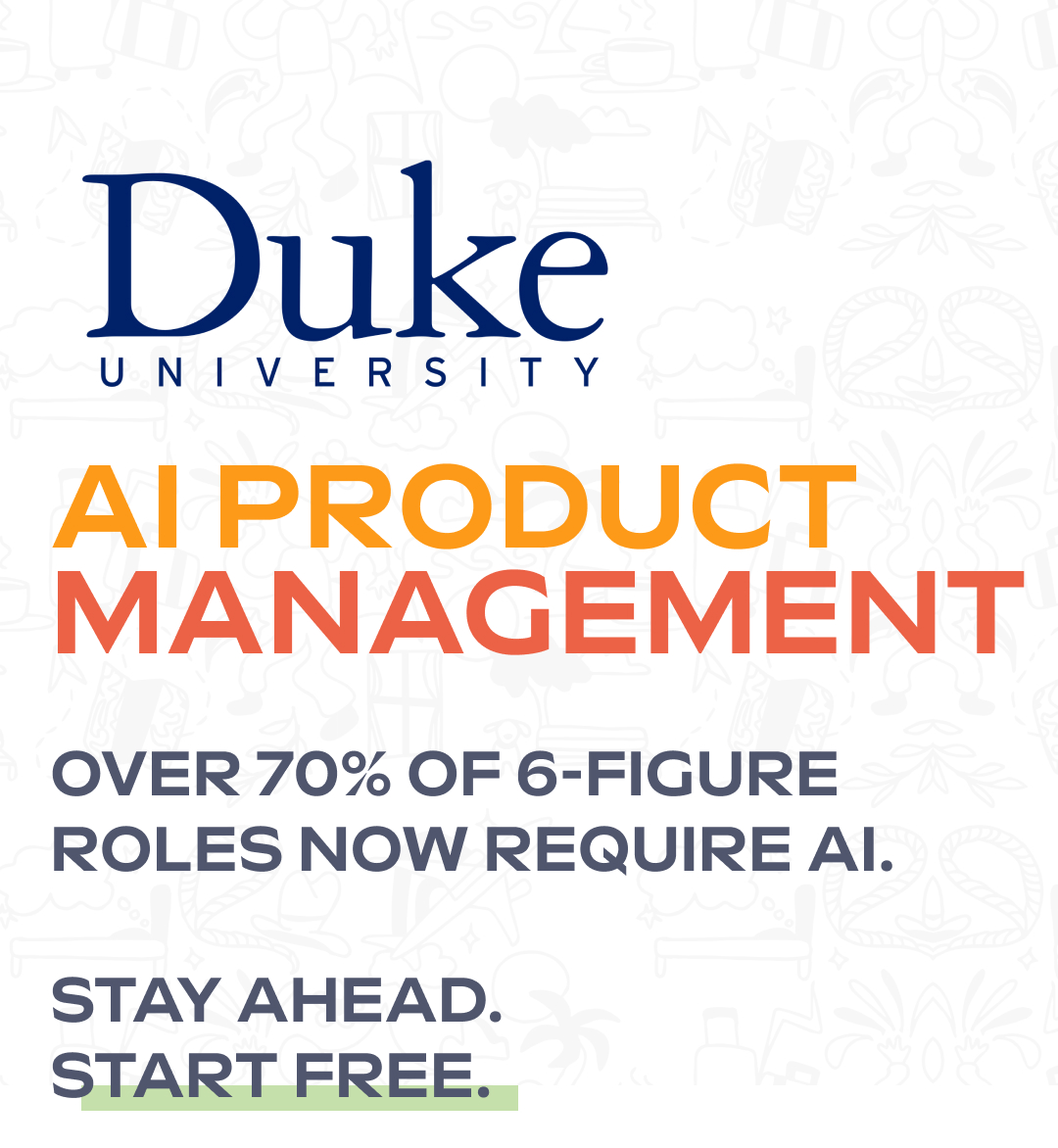
Hugging Face AI Hiring Details
Top Hugging Face Departments for Entry-Level Roles
If you’re just starting out, Hugging Face has several departments that regularly hire early-career talent—and they’re not all hardcore coding roles. Some of the most common entry-level opportunities are in Machine Learning Engineering, Research Science, Community Management, and Product Management.
Machine Learning Engineering is the bread and butter of Hugging Face. Early-career ML engineers often work on the Transformers library, Datasets, or newer tools like Diffusers and Spaces, contributing bug fixes, testing new models, or building APIs that make machine learning more accessible. Expect a mix of coding, experimentation, and collaboration with open-source contributors worldwide—a fantastic place to sharpen your skills while getting real exposure to cutting-edge AI.
In Research Science, you’ll help push the boundaries of NLP, computer vision, or multimodal AI. Entry-level researchers (including interns or junior scientists) often work on training and evaluating models, contributing to academic papers, and running experiments that shape Hugging Face’s future roadmap. It’s a chance to learn directly from respected scientists in the field while having your work used by thousands of developers.
Not technical? Community Management is where Hugging Face shines culturally. This team builds and nurtures the massive open-source network around the platform—creating tutorials, managing online forums, running hackathons, and helping new users get started with tools like Spaces or Gradio. If you love tech but are more of a people-person, this role blends communication, strategy, and education in a fast-growing community.
Finally, Product Management bridges the gap between the user base and the engineering team. Entry-level PMs help collect feedback from developers, prioritize new features, and work cross-functionally to ship tools that the global ML community actually needs. It’s a great fit for analytical thinkers who understand both technical concepts and user experience.
Across all these departments, Hugging Face values candidates who are curious, collaborative, and excited about open source, even if you’re just getting started. A visible GitHub presence, contributions to open data or models, or participation in ML forums can make your application stand out.
Diversity at Hugging Face
While Hugging Face promotes a DEIB charter and diversity manifesto, recent studies show women remain underrepresented in commits and leadership, reflecting broader challenges in open source and ML. That said, the company has documented equal pay policies and dedicated inclusion staff, which signals an active commitment to improving diversity over time
Is remote work allowed at Hugging Face?
Absolutely. Hugging Face is remote‑first, encouraging asynchronous collaboration across time zones. They support full-time remote roles worldwide with minimal required on‑site presence. Offices exist for occasional in‑person collaboration, but flexibility is emphasized heavily.
Is it hard to get a job with Hugging Face?
Interview difficulty is often rated around 2.9/5, with about 32% of candidates reporting positive experiences on Glassdoor—suggesting it’s moderate in difficulty. Reddit users describe Hugging Face as a strong “resume‑builder” for ML: “HF is a very prominent company… you will learn the vocabulary, the tooling… exposure to the state of the art is huge.”
Does Hugging Face have good benefits?
Hugging Face offers comprehensive benefits: 401(k) with up to 5% match, equity, health and dental insurance, wellness/fitness stipends, generous parental leave, paid outings, conference stipends, training budgets, and more (source: BuiltIn). That said, some users around the interwebs provided feedback that while the work is interesting, compensation may lag behind larger peers in the ML space.
How is work-life balance at Hugging Face?
Though Hugging Face moves fast—it’s AI after all—the remote‑first and asynchronous culture generally supports a flexible work-life balance. Employees highlight the absence of mandatory meetings and the option to structure days around deep focus blocks, making it easier to avoid burnout while staying engaged.
Hugging Face Interview Process
Who is Hugging Face looking to hire?
They look for curious ML engineers, research scientists, product managers, and community advocates, especially those comfortable working in open-source ecosystems and contributing to collaborative tools. Entry-level candidates should demonstrate experience with Python, PyTorch/TensorFlow, NLP, LLMs, or community building skills.
Hugging Face Values (from their careers page)
According to their values page and careers site, Hugging Face is built on three key principles: bias for action, impact, and simplicity—but it goes deeper than a few buzzwords.
At Hugging Face, bias for action means that good ideas don’t get lost in endless planning cycles. The team believes in building fast, iterating often, and learning out loud—especially in the open-source world where the community is constantly pushing the boundaries of machine learning. Early-career hires can expect to contribute meaningful code, ideas, or community resources from day one, without waiting months for top-down approvals.
Impact is another core value, and it’s not just about growing the company. Hugging Face’s mission is to democratize AI, making powerful tools and models freely available to developers, researchers, and curious learners across the globe. Everything they release—from the Transformers library to community-powered datasets—is designed to help millions of people build smarter applications without needing a PhD or a massive compute budget. It’s a place where your work can directly shape how AI is used in real-world applications.
And then there’s simplicity. In an industry that often overcomplicates things, Hugging Face strives to make machine learning easier to access and understand. Whether it’s through user-friendly APIs, clear documentation, or intuitive interfaces like Spaces, their culture emphasizes making AI approachable for everyone.
Above all, Hugging Face thrives on open collaboration. The team works in public on GitHub, shares research freely, and encourages contributions from around the world. They believe the future of AI should be transparent, inclusive, and community-driven, and they actively hire people who are excited to build in the open.
Hugging Face's Interview Process (with Reddit insights)
We scanned and aggregated Reddit user experiences and Glassdoor reviews to summarize what the process is really like. Expect a take‑home assignment, especially for internships (e.g. building a Hugging Face Spaces demo or dataset card project), followed by a couple of interview calls—no endless whiteboard blitz.
Across the board, candidates describe the vibe as collaborative and conversational, not adversarial. Hugging Face cares less about rote memorization of algorithms and more about how you solve problems, work in teams, and contribute to open source. Many Reddit users recommend familiarizing yourself with their Transformers library, Gradio demos, or even making small contributions to public repos before your interview—it shows initiative and gives you talking points that stand out.
Interview Rounds and How to Prepare
- Take-home project: Common for internships and junior roles. Build something tangible with Hugging Face tools to showcase your approach to problem-solving.
- Technical interviews: Expect scenario-based questions, discussion of your coding habits, or walkthroughs of past projects. Reviewing their open-source repos and Spaces examples is one of the best ways to prep.
- Behavioral/culture fit interviews: Focused on collaboration, communication, and alignment with Hugging Face’s values of openness and impact.
- Research/Product discussions: May involve whiteboarding a product idea, discussing model architectures, or sharing how you prioritize user needs and scientific rigor.
Bridged tip: Candidates on Reddit repeatedly mention that showing genuine interest in open collaboration—whether that’s past GitHub contributions, Kaggle projects, or even questions about democratizing AI—can set you apart. Hugging Face loves to see that you care about their mission, not just the role.
Hugging Face Internships & APMs
Hugging Face Internship Program
Internships include projects like dataset contribution or building a public demo. A Reddit user who interned on the Biomedical Imaging team described submitting a take‑home assignment and hearing back within ~1.5 months, with a few calls during the process—relatively lean and practical interview stages. Seems like they open applications in late-November/December each year, so be on the lookout.
Hugging Face MBA Programs
While there’s no formal MBA‑specific program, MBA graduates often land roles in product or strategy, especially if they have technical fluency or previous product management experience. The company’s emphasis on impact and action resonates with many business‑oriented professionals.
Other Entry-Level Opportunities at Hugging Face
Hugging Face runs a Student Ambassador Program, launched in 2022 to educate millions in ML and build community outreach globally—great for students passionate about teaching, open source, and community engagement.
How You Can Work for Hugging Face (Even if You’re Just Starting Out)
We’ve developed a tried-and-true process to help Bridged readers break into top-tier AI companies—and Hugging Face is no exception. This is a mission-driven team working to democratize machine learning, with a high hiring bar for both technical skills and a genuine commitment to open-source collaboration. If you want to stand out, you’ll need more than a polished resume—you’ll need to show you can build, share, and thrive in an open, fast-moving AI ecosystem.
Here’s how to improve your odds:
Step 1: Identify Your Target Role
Hugging Face doesn’t do mass hiring or big “new grad programs.” Instead, they look for people who already have hands-on experience with machine learning or who bring value to their open-source community. Most early-career roles fall into these areas:
- Machine Learning Engineering – Working on core libraries like Transformers, Diffusers, or Gradio, improving APIs, contributing to model performance, and supporting the developer community.
- Research Science – Running experiments on LLMs, NLP models, or multimodal architectures, contributing to papers, and helping release state-of-the-art models for public use.
- Community & Developer Advocacy – Teaching, documenting, and helping millions of users adopt Hugging Face tools via tutorials, events, and outreach programs.
- Product Management – Connecting user feedback to new features, shaping the roadmap, and making the platform more intuitive for developers worldwide.
Before applying, scan their Careers page to see where your skills fit—and where you may want to upskill first.
Step 2: Build the Right Experience
Hugging Face values doers over titles. You don’t need a Stanford PhD or FAANG background, but you do need to show you can build things that matter in machine learning. Great ways to stand out:
- Contribute to open source: Fix bugs, add documentation, or build small models using Hugging Face libraries. Even a few merged pull requests can make your resume pop.
- Ship demos on Spaces or Gradio: A polished demo shows you can take an idea from zero to production, just like you’d do on the job.
- Take advanced ML courses: Coursera’s Machine Learning Specialization or Hugging Face’s own free courses can build credibility.
- Publish blog posts or tutorials: Sharing your learnings on NLP, model fine-tuning, or prompt engineering can get noticed by their team (and future colleagues).
- Join hackathons or AI challenges: Hugging Face frequently partners with global events where you can network and showcase skills.
In short, the best applicants are already part of the Hugging Face community before they ever hit “apply.”
Step 3: Master the Resume Game for Hugging Face
Like most tech companies, Hugging Face uses ATS filters, so a generic resume won’t cut it. To improve your odds:
- Use Jobscan to compare your resume to Anthropic job postings.
- Sprinkle in keywords from their postings—think Transformers, NLP, LLM fine-tuning, open source contributions, PyTorch, data pipelines.
- Show impact, not tasks: Instead of “Worked on NLP models,” say, “Fine-tuned BERT for a public dataset, improving F1 score by 15%, open-sourced for 500+ downloads.”
- Link to GitHub, Spaces demos, or public talks right on your resume. Hugging Face recruiters love seeing work in the wild.
Step 4: Network Like It Matters (Because It Does)
Hugging Face’s team is still relatively small, and a lot of interviews come from visible contributions or referrals. Use LinkedIn and GitHub to:
- Connect with current engineers, community advocates, or PMs—especially those who maintain public repos you admire.
- Star and contribute to their open-source projects, ask thoughtful questions on PRs, or submit small improvements.
- Attend Hugging Face events, Spaces launches, or ML conferences where team members speak—it’s an easy way to make a personal connection.
- Share what you’ve built publicly. More than one Redditor mentioned that “a cool Spaces demo got me an interview.”
When people see your genuine excitement for their mission—“building the future of AI in the open”—your cold outreach starts to feel like a natural conversation, not a pitch.
Step 5: Prepare for a Practical Interview
Hugging Face interviews are generally leaner than FAANG, but they expect you to hit the ground running. Based on aggregated Reddit and Glassdoor reviews, here’s what to expect:
- Take-home assignment: Usually a small project—like a dataset contribution, bug fix, or Spaces demo—to evaluate your problem-solving skills and coding style.
- Technical interviews: Conversational and scenario-based. Expect to discuss past projects, design choices, and open-source contributions. Some roles may touch on LLM architectures, model evaluation, or API design.
- Behavioral/culture fit rounds: They’ll dig into your collaboration style and alignment with their values of openness, simplicity, and impact.
- Research/Product roles: May include portfolio reviews, discussions of your publications, or design challenges for improving developer workflows.
Pro tip: Spend time exploring Hugging Face’s public repos, read their docs, and maybe even ship a tiny open-source contribution before you interview—it’s one of the best ways to stand out.
Bridged Takeaway
Hugging Face isn’t just looking for great engineers—they’re looking for builders, collaborators, and community champions who believe AI should be open and accessible to everyone. If this is your dream company, think long-term: become an active part of their ecosystem, sharpen your ML skills, and make your work visible. Your first application might not land, but every project, pull request, or Spaces demo brings you closer to joining their mission.

Conclusion
Final Take: Is Hugging Face the Right Fit for You?
Hugging Face strikes a sweet balance between cutting‑edge AI innovation, open source community, and flexible, remote‑friendly work culture. It’s an ideal place for early-career ML enthusiasts looking to build real-world tools, contribute to global platforms, and grow professionally within a values-driven company. If you're excited about democratizing AI, open collaboration, and building impact—this is one to watch.
Did you get something out of this article? Let us know at hello@getbridged.co

How to Network on LinkedIn for Remote Tech Jobs

How To Assess Startup Stability Before Joining



.png)


